Glyn Coates discusses construction methods, failures and what can and needs to be done
IN TODAY’S fast paced world, there seems to be a barrier that’s preventing construction from developing or adopting improvements at a similar pace to other industries. There has been some headway in terms of technology, methods of construction, and legislation, but although this can all have a positive impact on the way we work and how our industry develops, it doesn’t help change the mindset of the industry.
Increased demands from clients, competition and regulatory agencies means that the way we work also needs to develop in order to stay relevant. But does this mean that today’s contractor must be a business person first and a builder second?
With increased pressure on contractors to deliver builds bigger, quicker and cheaper, it comes as no surprise that sometimes standards have slipped, resulting in catastrophic mistakes that have cost lives. Construction is an essential industry that shoulders much responsibility, so the importance of making fundamental changes to methods of working is immeasurable. Worthy change won’t happen overnight, but it can all start with individuals researching, asking questions and accepting nothing less than high quality.
Essential choices
It goes without saying that a finished building should always be fully compliant, fit for purpose and a completed project that ultimately serves its intended function. With this level of responsibility, it’s essential that projects are designed, specified and constructed by qualified and certified professional tradesmen – unfortunately that’s not always the case.
Today it would generally appear that contracts are awarded to the lowest bidder, rather than companies that have been carefully researched and vetted to ensure that they’re qualified, competent and experienced enough to undertake the contract – not to mention that they have the financials in place too. I have seen this first hand, and would go as far to say that it’s an epidemic in the building industry, in the UK especially.
Delivering more
Generally, product specification will stem from the required performance and suitable qualification in relation to BS/EN or ISO testing, but who monitors this? And how can we be sure that we’re buying a building that has been built to the architect’s or designer’s performance specification? Or does it fall prey to ‘equal or approved’?
When a specifier has completed the list of products required for a project, this is written at the bottom and gives license to contractors to use lesser quality products to cut costs. This is a major issue, particularly in the UK, and could be abolished with one simple change. It’s a number one priority when you consider that these projects could be commercial, residential or public buildings like airport terminals, schools or hospitals where hundreds of thousands of people pass through each week. Your families, my family. These aren’t just numbers – they’re our loved ones.
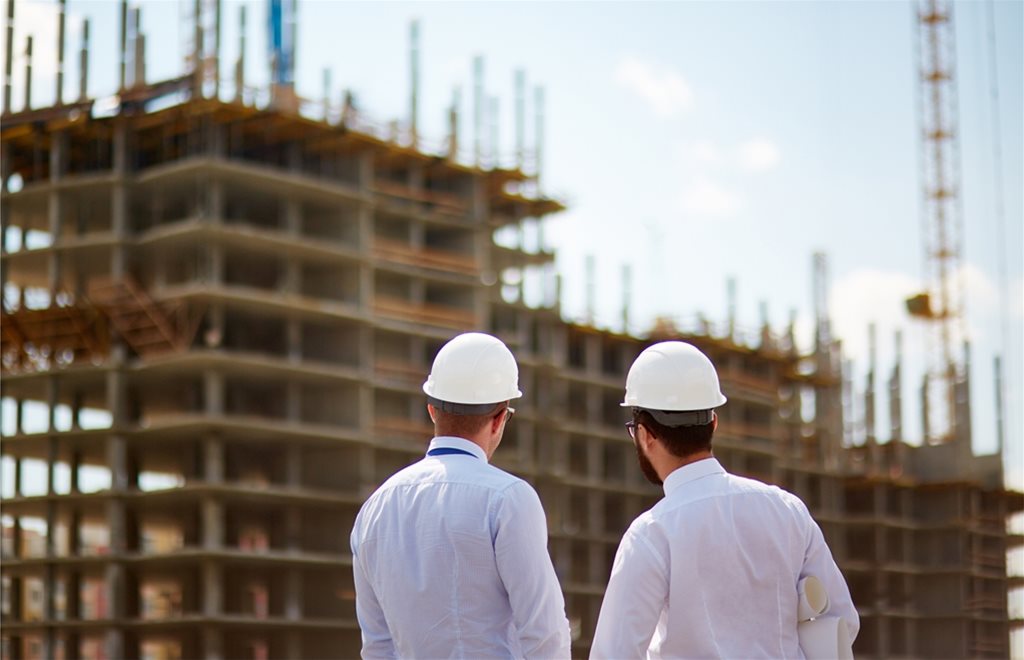
Compromising safety
Material substitutions chosen simply to reduce cost should never be considered if safety could be compromised, but unfortunately this is something that has been seen not just in the UK, but around the globe. One notable case, The Lotus Riverside Complex in Shanghai in 2009, saw a triad of low quality materials, rushed work and poor construction techniques result in the collapse of a 15 storey apartment building, claiming the life of one worker and with huge financial repercussions for those that had invested in properties in the scheme.
It’s accepted that this happens in the construction industry, but why does it happen? This cost-down focus isn’t present in others that are just as essential. For example, it’s unlikely that you would see it in the aviation industry where they are very much focused both on aircraft construction and cost control.
It’s difficult to think that they would contemplate component specification changes that have been based on a low cost option, rather than taking into consideration the safety of passengers. It seems that, because buildings don’t move like cars, planes or trains, somehow their safety features are seen as less important – this is a psychological block that needs to shift and fast.
The global construction industry needs to make a change to the way these projects are thought about – from the very early design stages, right through to construction. One such change could come from introducing third party material accreditations from a body like the British Board of Agrement, rather than simply relying on manufacturers’ claims, who may not have undertaken the necessary quality assurance measures. In what world is it OK that manufacturers making the products get to self certify when lives that are at stake? It’s madness.
Idea to reality
It comes as no surprise that taking a building from initial conception through to final realisation is a carefully interwoven process with plenty of components, trades and quite often different ways of working. However, the main process of construction can be quite standard.
A project is designed and specified by the architect before being signed off by the client who puts it out to tender. Different contractors will price packages that will be required within the project, be it the external envelope, internal lining, fire protection, electrics or even a complete solution which cuts down the chain and risk and can work out to be the most cost effective solution.
After the subcontractor package prices are gathered and reviewed, the contractor will compare these to the architect’s initial designs and see if they marry up. A final price is then submitted for the client and their architect to approve, and if this seems too high then alterations may be made to the building design to reduce the overall cost – which may or may not fit within compliance, let alone take into account the safety performance of the finished property.
Finally, the main contractor will issue the jobs to the approved build teams and subcontractors who pitched the various complementing packages. Depending on the approval, this could end up being a fairly high number which can have negative impacts, such as too many tradesmen on site simultaneously, knock on effects on timelines if there are delays and of course, health and safety.
But essentially, cost is the driver for most decisions throughout the process and this is what’s preventing change.
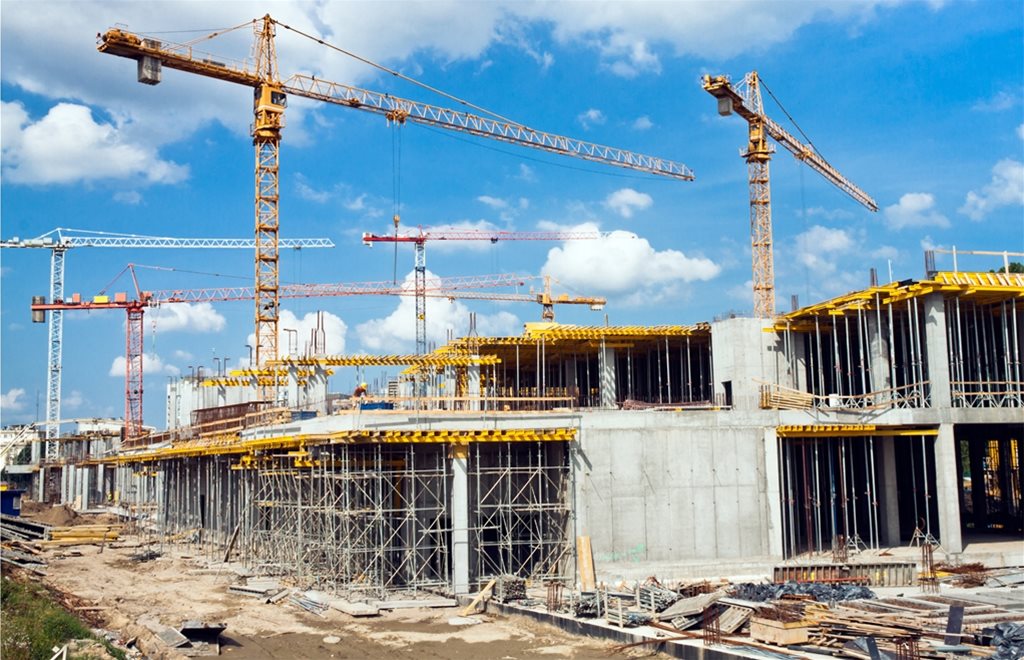
Knock-on impact
Following the disastrous fire at Grenfell, it was reported that the intumescent cavity closers, installed as part of the external elevation, were the wrong way around. This meant that the under-fire barrier could not react to the fire in the right way and close the cavity to prevent it from moving upwards throughout the building. This mistake throws into question how it actually happened if the fire protection or cladding company were qualified, doing their jobs competently - whose responsibility was it to check the subcontractors’ work?
This is where there appears to be a glaring problem in the industry – there's clearly insufficient policing of what is being installed and how it’s being done. In times gone by there would be a clerk of works, however it seems that this role has almost died out, once more because of a cost cutting exercise – so does the responsibility now lie with the project or site manager, sub-contractor or main contractor?
The truth is, nobody knows the answer – and that’s the problem. Liability dodging, cost cutting and pure lack of organisation in the chain of command between specification, installation and maintenance is for me, the biggest challenge and the biggest problem our industry faces and is currently ignoring – which is lethal.
Falling short
In particular, there appears to be a lack of understanding in relation to fire control and what is required to reach even the most minimum standards. Whether the necessary performance is 60 minutes, 120 minutes or even higher, there is very little understanding of the differences between reaction to, and resistance to, fire and the nuances between the two.
For example, specifying a Euroclass A.1 doesn’t mean that it will achieve a 60 minute performance. There needs to be more education around reaction and resistance and how the two both need to be considered during the early stages of design.
If we take insulation as an example, there has been a big focus on CO2 reduction and thermal properties by both the construction industry and by government, and cuts were largely achieved by adding combustible insulation to the building envelope, particularly in high rise structures, without proper focus on the safety implications in terms of fire.
This is where fire protection considerations lack the priority they deserve. It should be thought of as something as essential as the foundation of the building or the envelope, and built into initial designs and within products; not just an afterthought near the end of the process to make sure a box is ticked. It’s putting people’s lives at stake, and it’s hard to understand why it’s not taken as seriously as it should be.
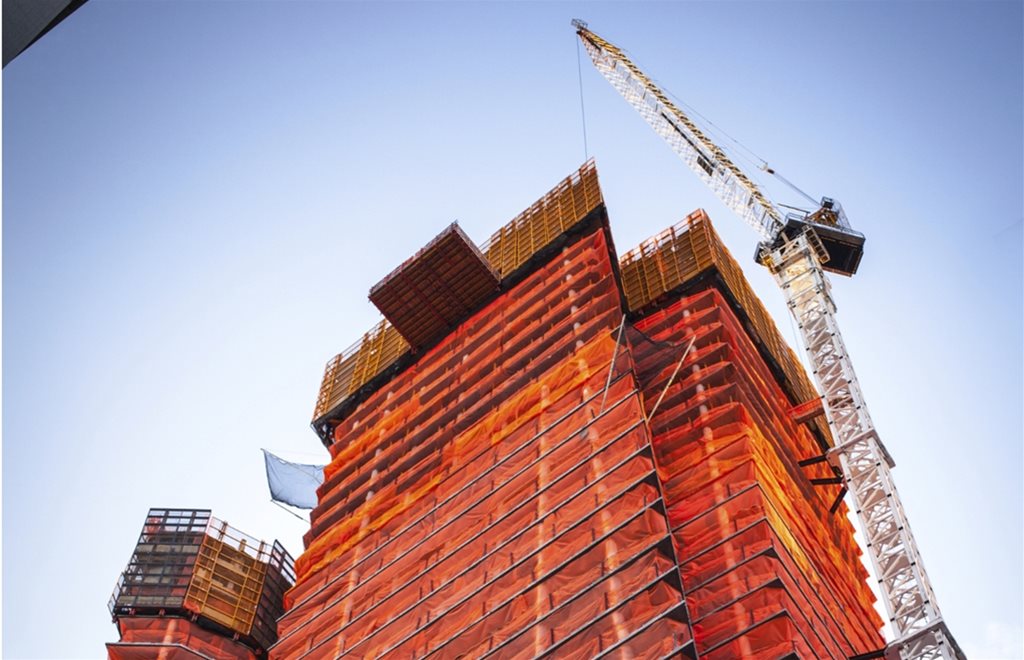
Interrogation and change
When it comes down to it, it could be argued that there are two parts of the build program that require immediate attention:
- The overall design, in particular ensuring that the priced project with the ‘equal and approved’ reference meets the performance requirement on all levels, and in particular against fire.
- The necessity to supervise and police the construction program to ensure that nothing less than the correct products are being installed in the correct way by the correct and qualified contractors, and that they are then maintained correctly.
It seems like a mammoth task, particularly to an industry that is notoriously slow and resistant to change, but as the situation needs improvement, we need to consider how we can remove as much risk as possible with a few simple alterations. Don’t forget, breaking it up into smaller tasks all adds up. So, greater levels of control are needed across:
- materials – ensuring they’re part of an umbrella accreditation and testing system to ensure consistency and compliance from all manufacturers
- cost shouldn’t come first – this goes for material substitutions, and contractors. This mindset does, and will continue to, kill people
- control over quality – there needs to be a clear chain of authority on builds to ensure that there is a central role overseeing the products, installation and construction methods across all trades onsite to make sure everything is correct
- traceability – all components in fabricated systems need to be marked and logged to ensure if the worst does happen, the subcontractors and manufacturers involved are held accountable and can work to resolve the problem, so it doesn’t happen again.
- flexibility in design – architects and clients need to have a greater understanding over the limitations of certain materials and their costs, so there is less chance of specifying something that will need to be altered at a later date
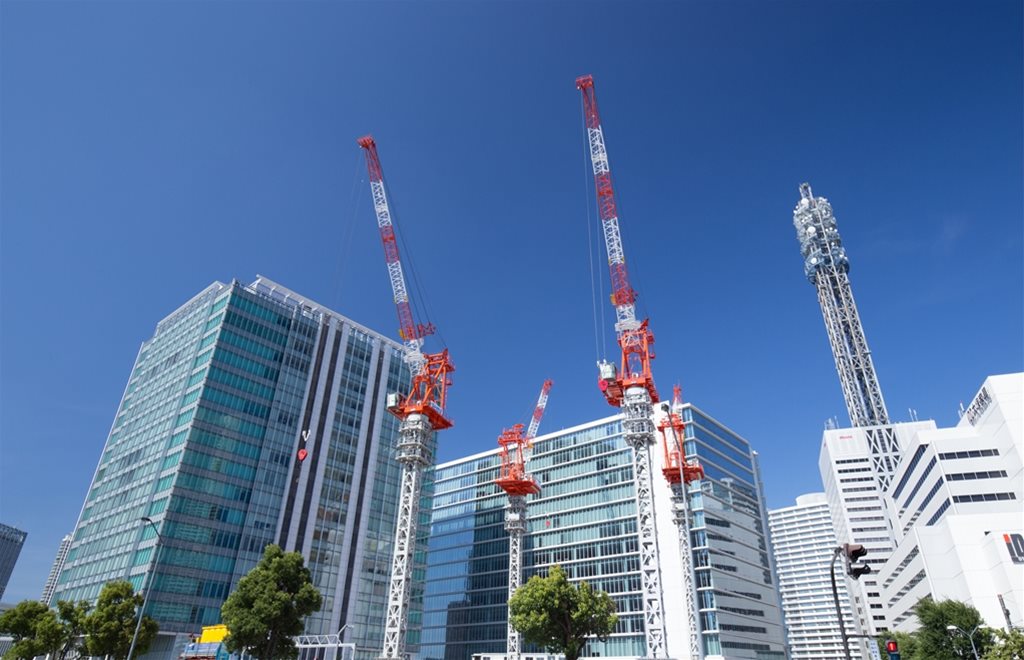
Ensuring quality
We can begin to achieve these smaller changes from the very beginning of the construction process, and I believe we can take some important learnings and lessons from offsite manufacturers. They use monitored and checked components to make sure their products meet the performance specification, and by introducing quality checks and tests during component assembly in the factory environment, it is fairly simple to develop and implement industry standard certifications - particularly with everything managed in one place and dealing with fewer suppliers.
And of course, when taken to site for installation, the workforce is skilled, qualified and have up to date knowledge of the products and most importantly the building as a ‘system’, not just individual components – I believe this is the key. We need to work towards developing a complete solution using offsite construction or, at the very least, those using traditional methods of construction need to learn from new methods rather than push against them.
Staying stuck in our ways is costing people their lives – is anyone prepared to say that’s OK just because that’s the way it’s always been done? I’m not.
Successful construction
Whether the method of construction is simple panellised or throughwall construction detail, inner or outer face, the most important thing is that the products used are certified and have been fully tested for thermal, acoustic, fire, airtightness and environmental certifications. Properly certified through a third party, not self certified. Marking your own homework was always easier!
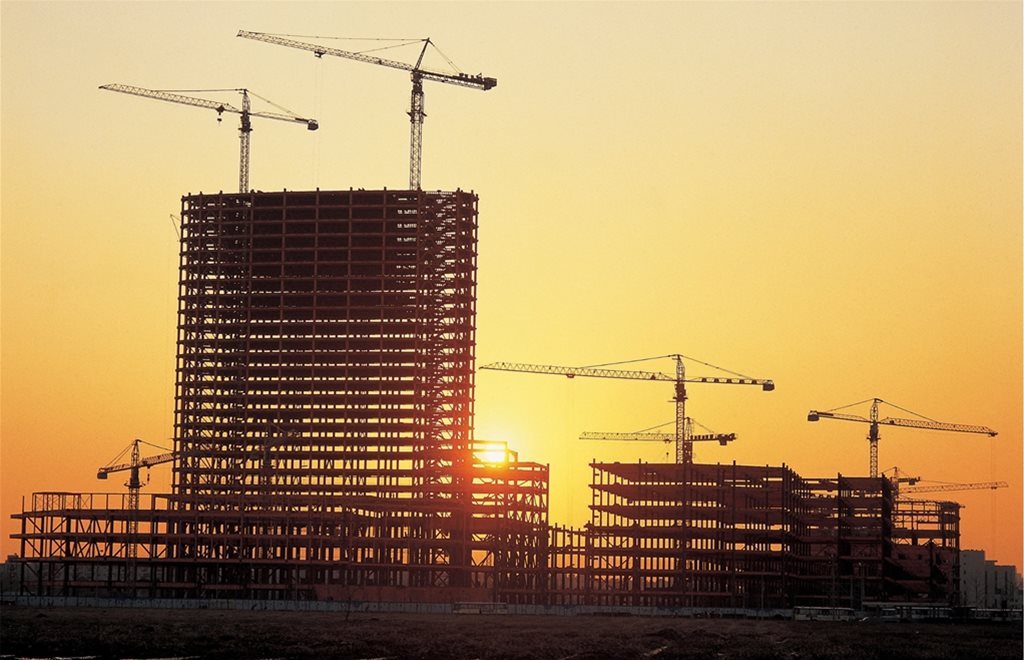
Past informs future
Back in 1996 an article was published by The Royal Academy of Engineering titled Where is the Henry Ford of Future Housing Systems?. This is a question some of us in the industry are still asking today. Although the market has been slow to change, partially because that’s the nature of the industry, offsite manufacture seems to be heading in the right direction.
Expanding this thinking into all construction market sectors could happen, but measures need to be taken to ensure that quality control over components being manufactured develops ahead of the game, so that clients and specifiers can have peace of mind over what they’re buying. Let’s face it, we’ve got a lot of catching up to do!
When it comes to construction, the lowest cost shouldn’t be the first consideration. Yes, cost effectiveness is important - it’s a business after all - but it shouldn’t take precedence over building safety, quality or performance. Research and due diligence are key to helping the industry improve its standards, and refusing to work with sub quality contractors and manufacturers is one simple step on the journey to change.
I have worked in the construction industry for 40 years, and it’s easy to see where things have, and more importantly, have not moved forwards. But it’s only when I think about this as a family man that it really starts to hit home. Would I let my kids drive a car that hadn’t been properly safety tested, and regularly serviced? No. Would I want to fly in a plane where cost-down was the primary focus when it was built? Absolutely not – no one would. So why do we accept anything less than properly constructed, safe buildings to live and work in?
We know what needs to be done, it’s now about making the change happen. Drawing inspiration from more modern methods of construction and similar industries, particularly where manufacturing and installation is present, means that we can translate the same high standards and way of working so that we move away from being driven by cost to be driven by quality and safety.
Doing nothing because making change is hard has never been, and will never be, a good enough excuse. No builder goes to work to try and build a second rate building – so let’s go back to basics and change the foundations, literally, of how we work
Glyn Coates is director of Zeroignition